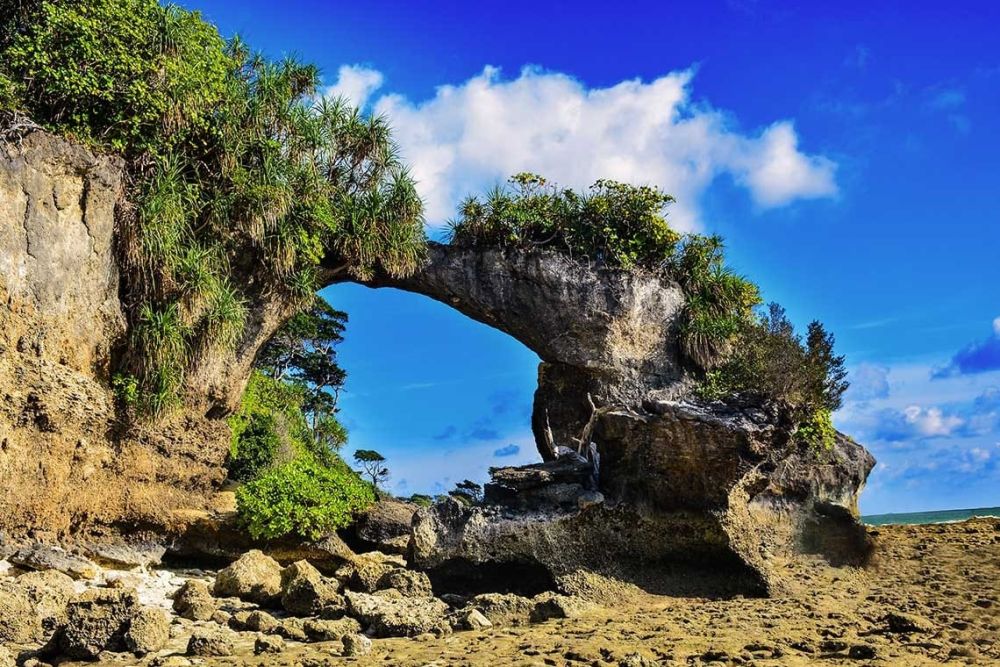

The Andaman and Nicobar Islands are home to an array of natural marvels, among which the Howrah Bridge stands out as a distinctive natural rock formation. Located on the idyllic Neil Island, now known as Shaheed Dweep, this bridge-like structure is a prime example of nature's creativity. The name 'Howrah Bridge' was coined by the Bengali settlers on the island owing to its resemblance to the iconic Howrah Bridge in Kolkata.
Formed over millions of years, the Howrah Bridge is a result of natural coral deposition and erosion. This picturesque spot has become a must-visit destination for visitors looking to witness the sheer beauty of geological formations, and it's popular for photography and nature exploration.
To access the Howrah Bridge, tourists take a short walk during low tide. The journey to the bridge itself is an adventure, passing through shallow waters and rocky shores. Visitors are advised to wear comfortable footwear as the terrain can be slippery. The best time to visit is during the morning low tide when the bridge is fully exposed and the area teeming with marine life.
The bridge is not just a geological phenomenon but also an ecological habitat. It showcases a variety of marine flora and fauna, including vibrant corals, small fish, sea urchins, and starfish, offering a natural aquarium experience for those willing to explore.
The history of tourism in the Andaman and Nicobar Islands dates back to the post-independence period of India when these islands were looked upon as an exotic escape. Historically, the islands were infamous for the Kaala Pani penal colony during British rule. Since the late 20th century, however, their image has been transformed into a tropical paradise enticing visitors from around the globe.
The tourism industry here witnessed exponential growth with the improvement of facilities and infrastructure, along with the establishment of the Andaman and Nicobar Tourism department which has promoted the islands as a unique travel destination. The government has developed several eco-friendly tourism policies to preserve the islands' pristine natural beauty while boosting visitor engagement.
In recent years, sustainable and eco-tourism are the key trends shaping tourism in the Andaman and Nicobar Islands. Visitors are increasingly interested in nature-based activities that offer immersive experiences without adversely impacting the environment. The introduction of activities such as scuba diving, snorkeling, and trekking has significantly augmented the popularity of this ideal tropical retreat.
Furthermore, initiatives such as plastic-free campaigns and eco-conscious accommodation options highlight the evolving trends in the local tourism industry. The Andaman and Nicobar administration is committed to sustainable tourism practices to ensure that the beauty of places like Howrah Bridge can continue to be enjoyed by future generations.